Listen up, folks. I’m about to drop some knowledge on you about capybaras – those giant rodents that look like they’re always smiling. You’ve probably seen them all over social media, chilling in hot tubs or hanging out with other animals. But here’s the million-dollar question: are these lovable creatures endangered?
The Current Status of Capybaras
Let’s cut to the chase. Capybaras are not currently classified as endangered. In fact, the International Union for Conservation of Nature (IUCN) lists them as “Least Concern” on their Red List of Threatened Species. But don’t pop the champagne just yet. This doesn’t mean our furry friends are out of the woods.
Why Capybaras Aren’t Endangered (Yet)
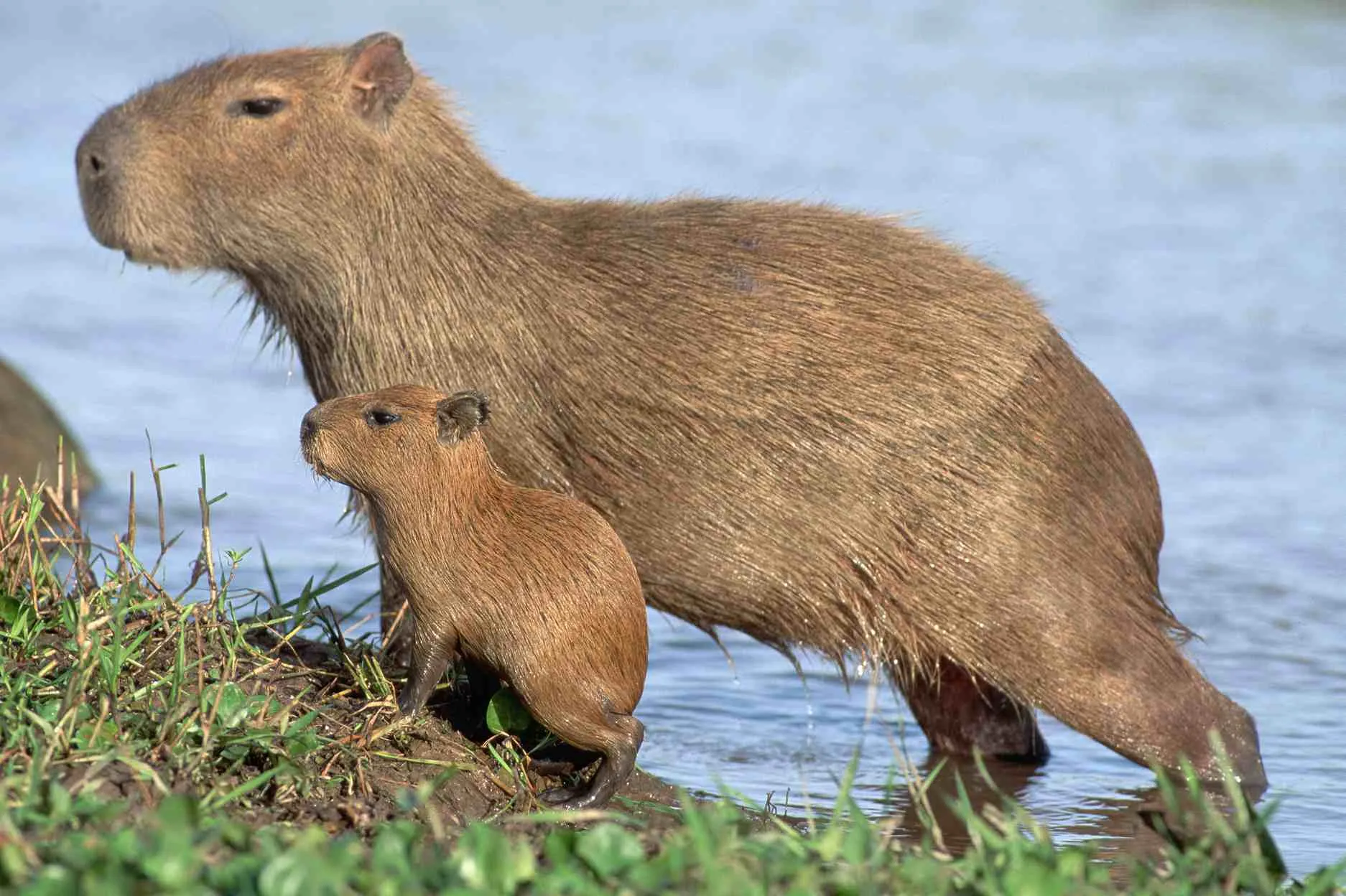
Capybaras are like the cockroaches of the rodent world – they’re incredibly adaptable. These semi-aquatic mammals can thrive in various habitats, from dense forests to savannas, as long as there’s water nearby. They’re also prolific breeders, which helps maintain their population.
But here’s the kicker: their adaptability is both a blessing and a curse. While it helps them survive in changing environments, it also means they’re often seen as pests in agricultural areas. More on that later.
Threats to Capybara Populations
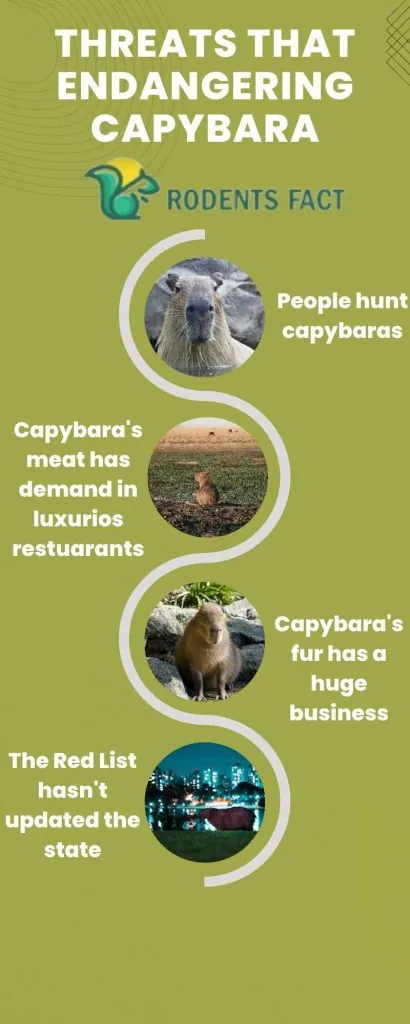
Now, don’t get it twisted. Just because capybaras aren’t endangered doesn’t mean they’re living their best lives. These chunky water lovers face several threats:
- Habitat Loss: As humans expand their territories, capybaras are losing their homes. Deforestation and urbanization are major culprits here.
- Hunting: In some areas, capybaras are hunted for their meat and hide. It’s like they’re the cows of the rodent world.
- Human-Wildlife Conflict: Remember when I said they’re seen as pests? Yeah, some farmers aren’t too thrilled about capybaras munching on their crops.
- Climate Change: Like many species, capybaras are feeling the heat (literally) from global warming.
Conservation Efforts: What’s Being Done?
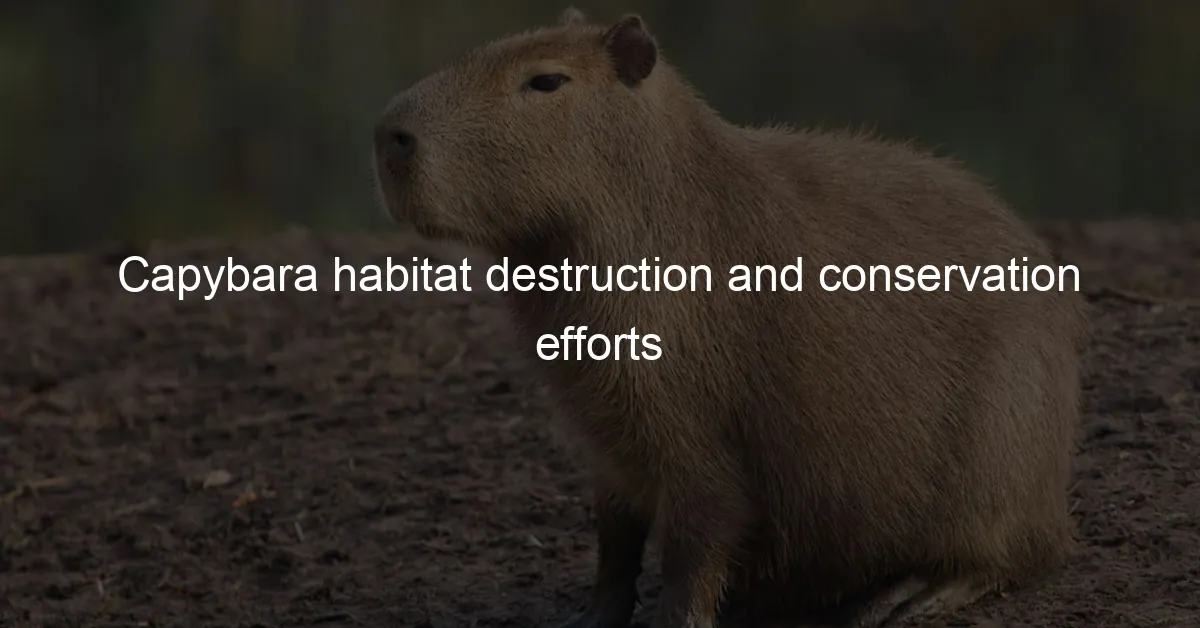
Alright, enough doom and gloom. Let’s talk about what’s being done to keep our capybara buddies safe and sound.
Protected Areas
Many countries in South America have established protected areas where capybaras can live their best lives without human interference. It’s like they’ve got their own gated communities.
Sustainable Use Programs
In some regions, people have figured out how to use capybaras sustainably. They’re farmed for their meat and leather, which might sound harsh, but it actually helps protect wild populations and their habitats.
Research and Monitoring
Scientists are keeping a close eye on capybara populations, studying their behavior and ecology to better understand how to protect them.
Public Education
Conservation organizations are working hard to educate people about the importance of capybaras in their ecosystems. They’re not just cute; they’re crucial!
The Capybara’s Role in Ecosystems
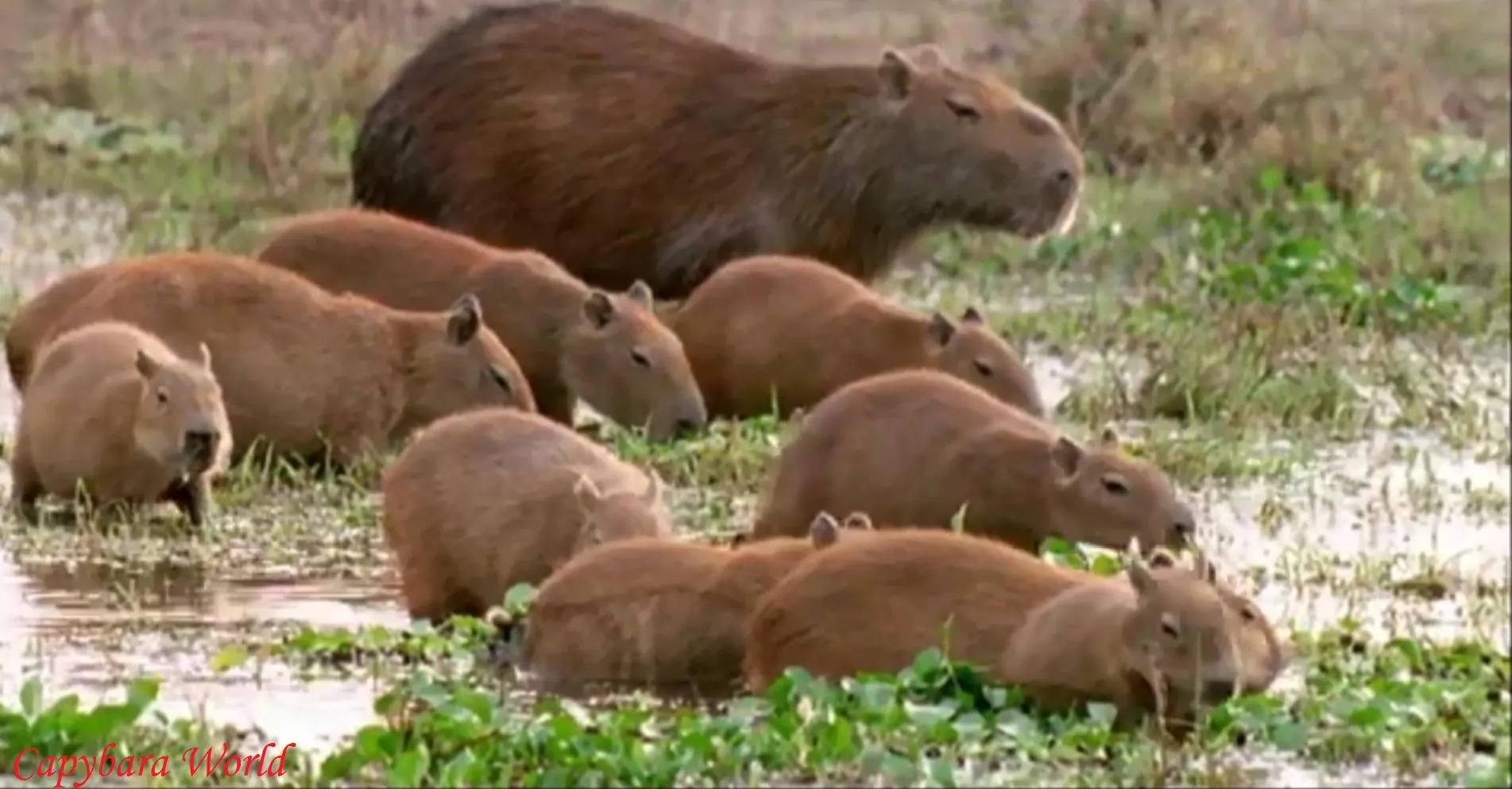
Here’s something wild: capybaras are like the landscapers of their habitats. Their grazing helps maintain the vegetation around water bodies, which benefits other species. They’re also a food source for predators like jaguars and caimans. Talk about taking one for the team!
FAQs About Capybara Conservation
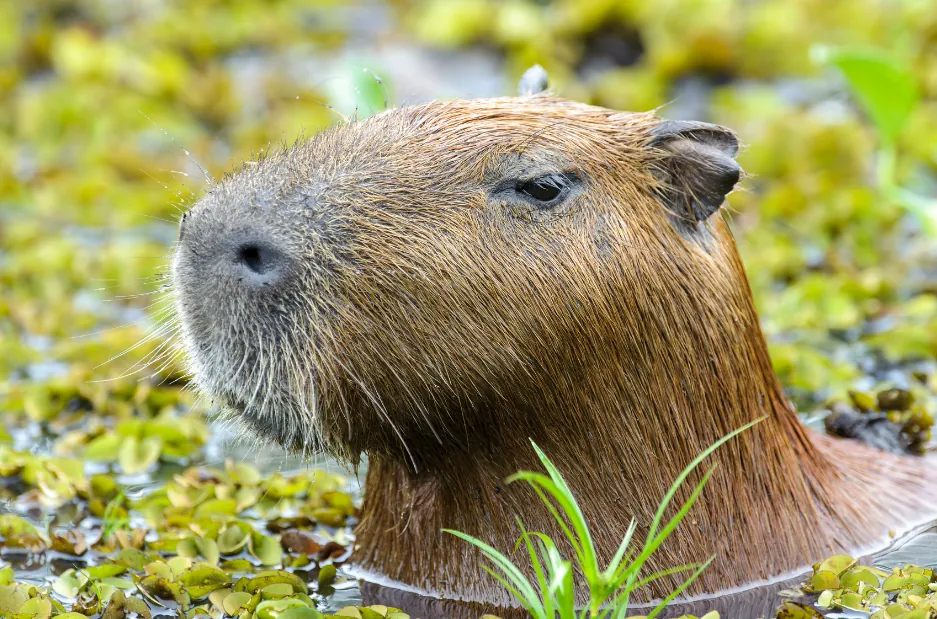
Q: Can I keep a capybara as a pet?
A: In most places, it’s illegal and not recommended. These are wild animals, not oversized hamsters.
Q: Are all capybara species equally stable?
A: Actually, there’s less data on the lesser capybara (Hydrochoerus isthmius), so its status is less certain.
Q: How can I help capybaras?
A: Support conservation organizations, spread awareness, and if you’re ever in capybara territory, respect their habitat.
The Future of Capybaras: What’s Next?
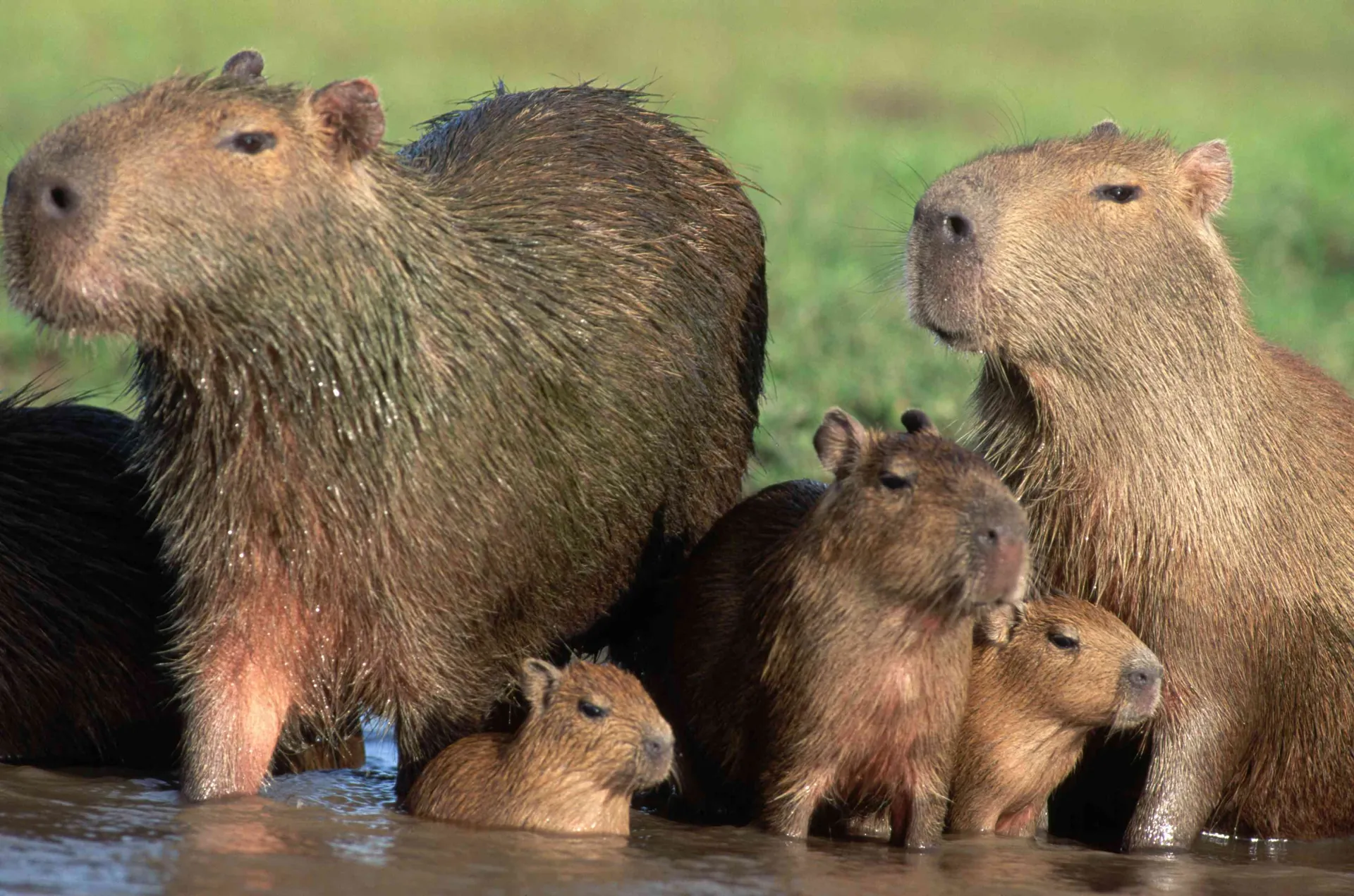
Listen, I’m not gonna sugarcoat it. While capybaras aren’t endangered right now, they’re not exactly living in a utopia. Climate change, habitat loss, and human activities are putting pressure on these chill creatures.
But here’s the good news: we’re aware of the problems, and steps are being taken to protect them. With continued conservation efforts and public awareness, we can ensure that future generations will still be able to enjoy capybara memes and videos.
Conclusion: Are Capybaras Endangered?

So, to wrap this up: capybaras are not currently endangered. But they’re facing challenges that could threaten their status in the future. It’s up to us to make sure these lovable giants stick around.
Remember, conservation isn’t just about saving the pandas and tigers. Every species plays a crucial role in its ecosystem, even if they look like oversized guinea pigs with a permanent grin.
So next time you see a capybara chilling in a hot tub or hanging out with a group of monkeys, remember: they’re not just social media stars. They’re important members of their ecosystems that deserve our protection and respect.
Now, go forth and spread the word about capybara conservation. And maybe, just maybe, we can all learn a thing or two from their laid-back lifestyle. Capybara and chill, anyone?
